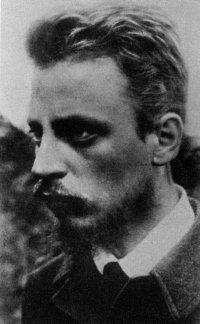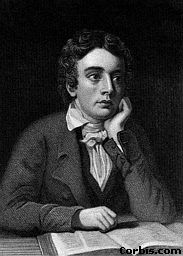![]()
![]()
![]()
|
Palazzo Milzetti |
|
I Miti |
|
Apollo |
Früher Apollo von R.M. Rilke |
| Ilias von Friedrich Schiller | |
| On first
looking into Chapman’s Homer by John Keats |
Inhalt: Aufbau: Rhythmisch-klangliche Gestaltung: Stilfiguren: Themen:
|
 Reiner Marie Rilke |
| Ilias von Friedrich Schiller Inhalt:
|
 Friedrich von Schiller (1759-1805) |
| On first looking into Chapman’s Homer by John Keats
Analysis "On first looking into Chapman’s Homer" is a sonnet, which follows the
petrarchean model: it’s composed of two quatrains and a couple of tercets. |
 John Keats (1795 -1821 |
|
Palazzo Milzetti |
|
Inizio pagina |
|